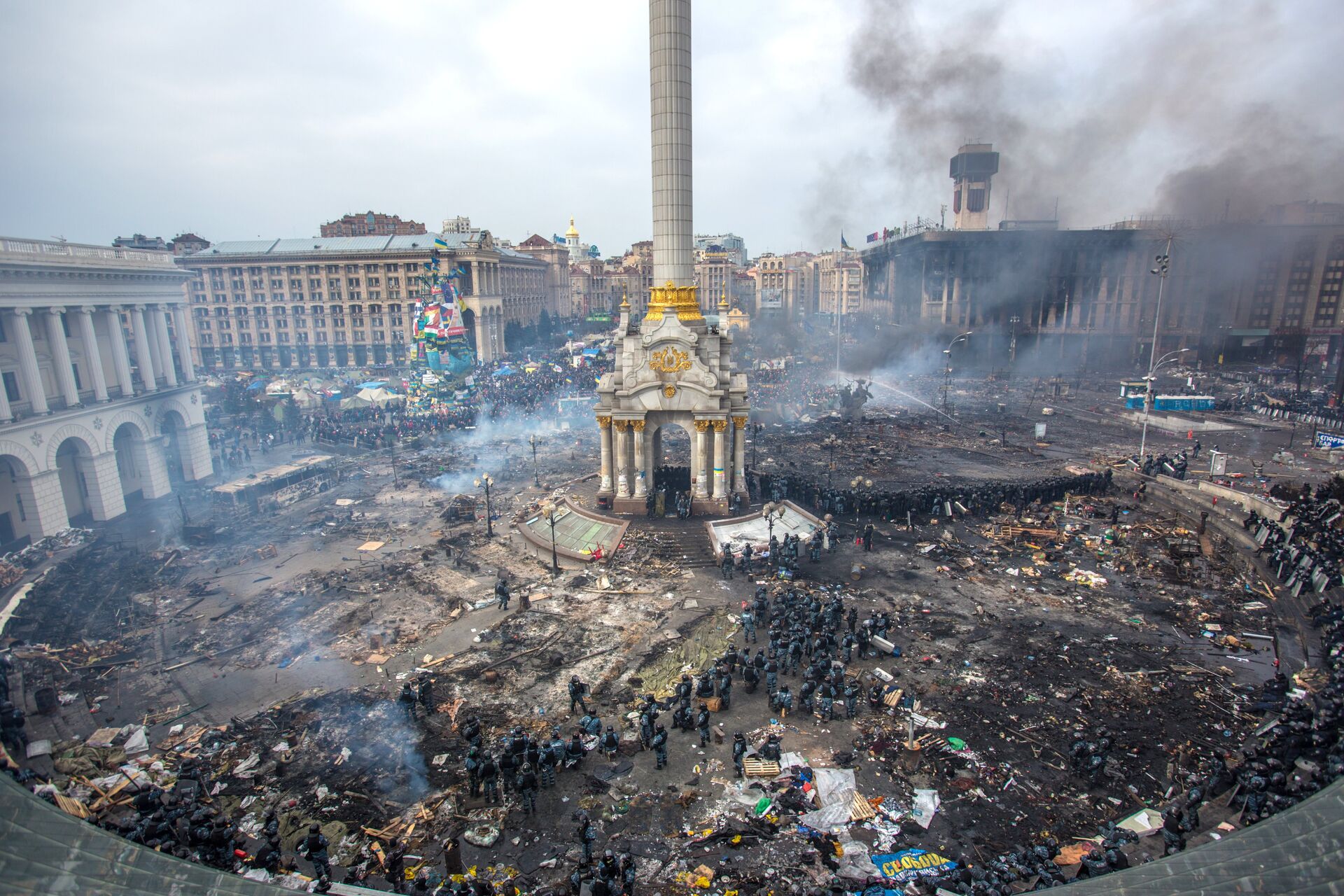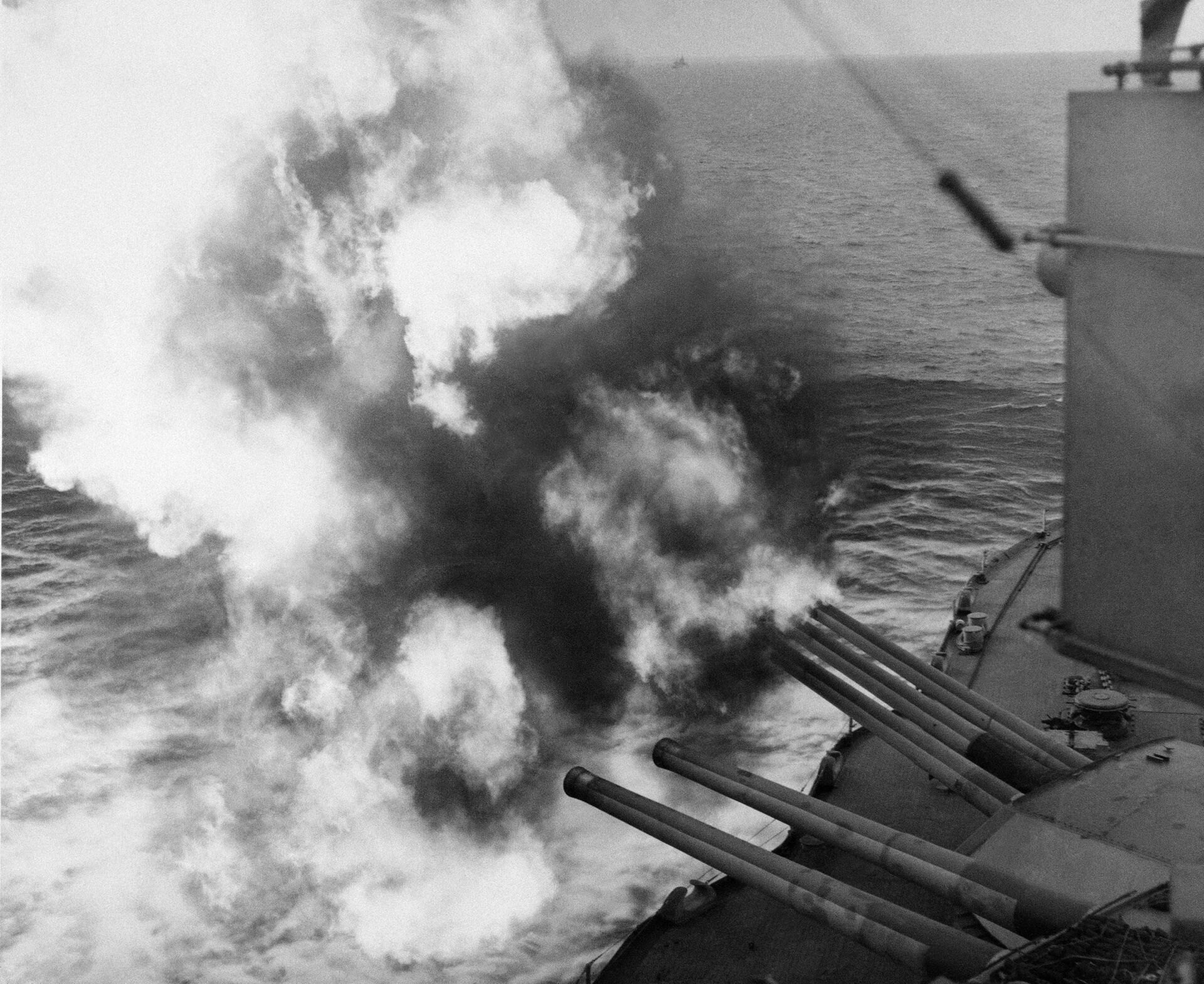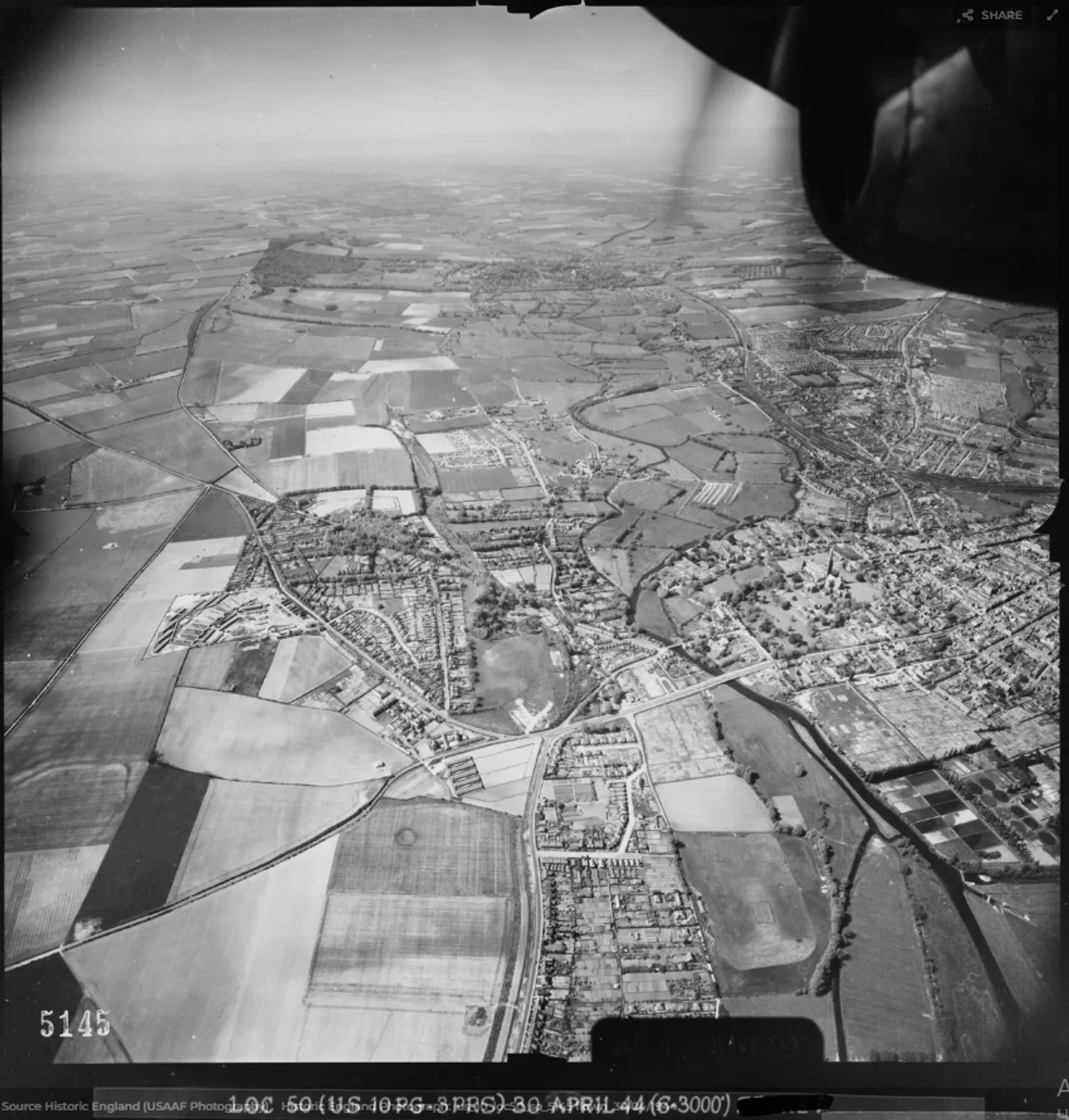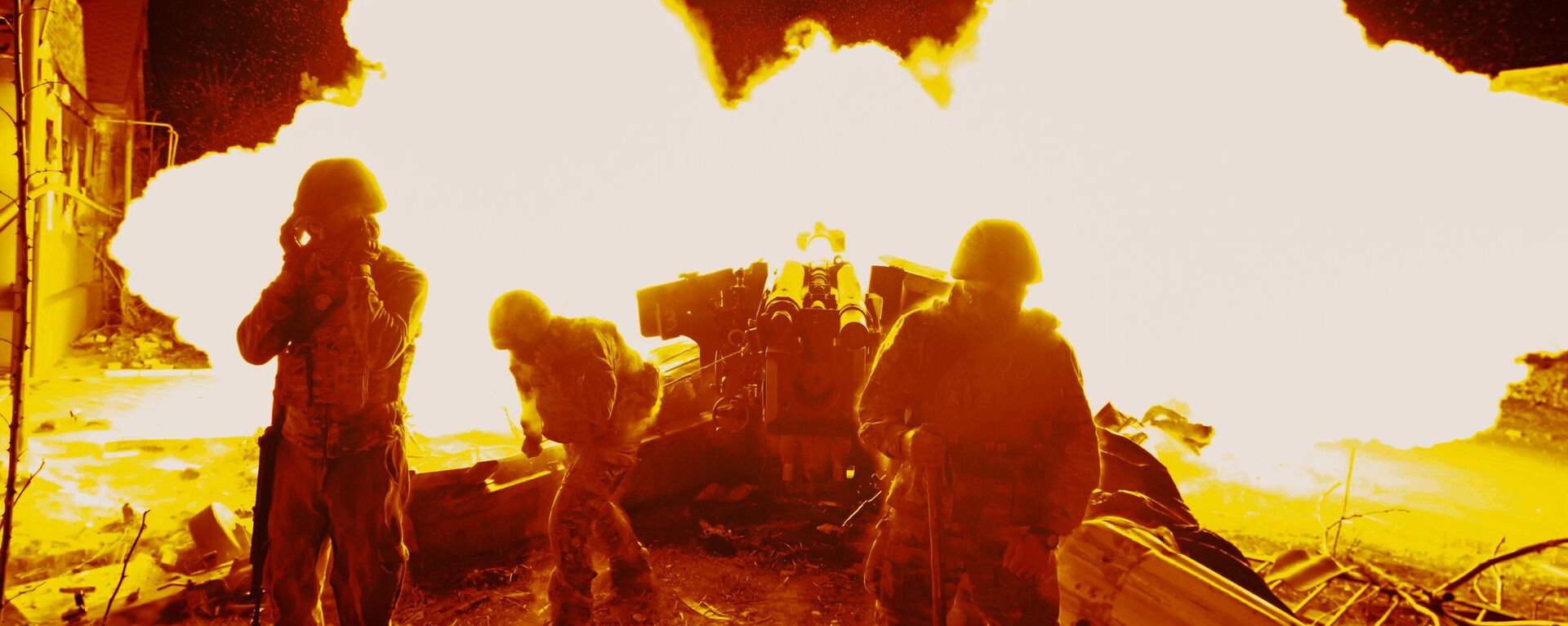Who Defeated Germany in WWII - Russia or the Western Allies?
19:42 08.05.2024 (Updated: 19:46 08.05.2024)

© Sputnik / Arkadyi Shaikhet
/ Subscribe
In World War II (WW-2), the Soviet Union was one of the three great Allied powers, along with Great Britain and the United States. The three nations were the leaders of a Grand Alliance that together fought and defeated Nazi Germany.
Soon after WW-2, the US and UK, along with other former WW-2 allies such as France and Canada, adopted an adversarial posture towards the Soviet Union that resulted in a dangerous Cold War.
The Cold War ended with the unravelling of the Soviet Union in December 1991. Russia, which inherited the legacy of the Soviet Union, thereafter lived in harmony with its former WW-2 allies.
In early 1999, NATO's invasion of Yugoslavia strained relations. Russia's peace enforcement operation in Georgia in August 2008, following a brief war between Georgia and the breakaway region of South Ossetia, unravelled the harmony.
In 2014, following the US coup in Ukraine that overthrew the democratically elected pro Russian government of Viktor Yanukovych, Russia and its former WW-2 allies in NATO became full fledged adversaries.

Police officers and opposition supporters are seen on Maidan Nezalezhnosti square in Kiev, where clashes began between protesters and the police. (File)
© Sputnik / Andrey Stenin
Since 2008, perhaps even earlier, the US and its allies have attempted to belittle Russia's contribution to the defeat of Nazi Germany in WW-2. Former WW-2 allies from the West now don't participate in Russian events commemorating the defeat of Nazi Germany and don't invite Russia as an equal in their own commemorative events. Western media and analysts have adopted a narrative that only the US and UK were responsible for the defeat of Nazi Germany.
The narrative falsely suggests that the Soviet Union collaborated with Nazi Germany at the start of WW-2 and the Soviet Union managed to defeat the Nazis only because of the Lend Lease program.
In subsequent paragraphs, I will objectively present historical facts that would allow the reader to evaluate for herself the role played by Russia in the defeat of Nazi Germany.
We will first quickly take an overview of the land and air war during WW-2.
Land War
The Soviet Union entered WW-2 in June 1941 when Germany deployed three million soldiers to 'annihilate' the Soviet Union, which deployed roughly the same number of soldiers to defend itself.
The Soviet Union fought Germany largely by itself for three years till the Normandy landing by allied forces on June 6, 1944.
Following the Normandy landings, the strength of Allied forces continued to grow as more troops and resources were brought into the theatre of operations. By late summer and into the fall of 1944, the Allied forces in Western Europe had reached their maximum strength of over three million.
When the allies finally engaged Germany in land warfare with Operation Overlord, victory of the allies along the Western front was practically guaranteed by the debilitation of the German war machine which was in retreat along the Eastern front.
Let's step back and dwell on the comparative scales of Operation Barbarossa and Operation Overlord for a perspective that will help us to determine who fought the Germans against greater odds and more fiercely - Western allies or the Soviet Union.
Operation Barbarossa
According to Imperial War Museums analysis titled - Why Did Operation Barbarossa Fail - WW2 1941, On June 22, 1941, Adolf Hitler launched Operation Barbarossa against the Soviet Union "with over three and a half million German and other Axis troops attacked along a 1,800-mile front. A total of 148 divisions - 80 per cent of the German Army - were committed to the enterprise. Seventeen panzer divisions, formed into four Panzer Groups, formed the vanguard with 3,400 tanks. They were supported by 2,700 aircraft of the Luftwaffe. It was the largest invasion force to date."
Estimates suggest that the Red Army had between 2.8 million to 3.2 million personnel deployed along the western borders of the Soviet Union facing the German invasion. This included troops stationed in various military districts and frontier regions.
Operation Overlord
At the outset of the Normandy campaign in June 1944, the German forces in the West numbered around 850,000 to 900,000 troops. This included divisions from the Wehrmacht, Waffen-SS, and other German military branches, as well as units from Axis-aligned countries such as Italy.
As the Allies made advances into Western Europe and the situation became increasingly dire for Germany, additional reinforcements were brought in to bolster the defences. However, the overall strength of German forces in the West did not significantly exceed the initial numbers mentioned above. At its fiercest, Operation Overlord saw 3 million allied troops confront less than a million German troops.
The German forces in the West faced significant challenges in terms of manpower, resources, and supply lines, ultimately leading to their defeat by the Allied forces in 1945.

Mushrooms of smoke and flame billow out from the giant USS Nevada as the battleship provides artillery support for Allied ground forces in France by hammering enemy installations from her vantage point in the English Channel, June 6, 1944.
© AP Photo / AP Photo
Air War
The airwar between the Luftwaffe and the combination of the USAAF and RAF was somewhat more intense than the air war between Luftwaffe and the Soviet AF.
It started on July 10, 1940, when the German Luftwaffe launched a series of aerial attacks on British shipping and coastal radar stations. The Luftwaffe's aim was to establish air superiority over Britain and soften its defences for an eventual invasion.
The United States Army Air Forces (USAAF) officially joined the air war against Germany on December 7, 1941, following the Japanese attack on Pearl Harbor. The USAAF involvement in the European theatre began with air raids against German-occupied territories.
Large-scale strategic bombing campaigns by the USAAF against targets in Germany did not commence until 1942.

The photo from the USAAF collection taken on 30/04/1944 in the vicinity of Salisbury.
Luftwaffe vs RAF
It's estimated that the Luftwaffe shot down around 2,500 RAF aircraft and the RAF shot down 2,600 Luftwaffe aircraft during the course of WW-2.
Luftwaffe vs USAAF
Estimates suggest that the USAAF lost around 40,000 aircraft during the entirety of World War II, with a substantial portion of these losses occurring in the European Theater.
The Luftwaffe also suffered significant losses in aerial combat with the USAAF and other Allied air forces.
By the end of the war, the Luftwaffe had lost thousands of aircraft in battles over Europe.
Estimates suggest that the number of aircraft lost by the Luftwaffe was roughly comparable to those lost by the USAAF.
Luftwaffe vs Soviet AF
It's estimated that several thousand Luftwaffe aircraft were shot down or otherwise lost to Soviet forces during the course of the war. The Luftwaffe, in turn, shot down thousands of Soviet aircraft during the conflict.

Junior Lieutenant Viktor Talalikhin of the Soviet Air Force rams a Luftwaffe bomber
© Sputnik /
/ Casualties
For context, it's important to look at the military casualties sustained by the leading allied nations during WW-2.
The US sustained approximately 416,800 deaths and the UK, 383,600.
Estimates of Soviet soldiers killed range from 8.7 million to over 10 million!
Heart wrenchingly, it's estimated that the Soviets additionally sustained around 13.7 million to over 18 million civilian deaths.
Civilian deaths were significantly lower for the US (around 1,700 to 1,800) and the UK (approximately 383,600).
Clearly, the suffering inflicted by the Nazis on the Soviet Union was disproportionately greater, a good indication that Nazi Germany considered the Soviet Union its primary adversary.
Soviet Peace Treaty with Germany
Western analysts fault the USSR for aligning with Germany at the start of the second world war.
On August 23, 1939, just a week before the start of WW-2, Germany and the Soviet Union signed a nonaggression treaty that stunned the world because ideologically the two nations were poles apart.
The treaty effectively allowed Adolf Hitler to ignore Western diplomatic posturing and invade Poland without fear of Soviet intervention. Additionally, the treaty facilitated trade with the Soviet Union that fueled the German war effort. Russia exported grain and oil in return for manufactured goods.
The Soviets signed the non aggression treaty with Germany to prevent war, just as the UK ignored Germany's flouting of the treaty of Versailles and the Nazi party's antisemitic policies to prevent war.
Britain and France didn't react when in March 1938 Hitler annexed Austria, when in September 1938 Hitler forced Czechoslovakia to cede Sudetenland, a mountainous border region populated predominantly by ethnic Germans.
When in March 1939, Hitler annexed Czechoslovakia, the British chose diplomatic accommodation and appeasement, in order to avoid war with Germany.
The non aggression treaty with Germany bought time for the Soviets, just as it did for the UK. At no stage did Stalin believe that Hitler would honour the non aggression pact. If Stalin did miscalculate, it was only in judging how quickly Germany would be in a position to attack Russia. The Soviets had massed large forces on their western frontier but were still unprepared for war when Hitler launched his invasion.
US Lend Lease Program
Following Hitler's invasion in June 1941, the US and Britain provided significant aid (food, clothing, strategic raw materials and technical expertise) and military equipment (tanks, fighter aircraft, trucks, jeeps, artillery, and small arms) to the Soviet Union.
The Lend Lease program undoubtedly helped the Soviet Union withstand the German invasion, but it cannot be credited for the eventual Soviet victory over Germany. When Russia went on the offensive, it did so largely with its own weapon systems and entirely with its own soldiers.
Indeed, if one was asked to pick the single most important reason for the Soviet victory against Germany in WW-2, any objective analyst, across the spectrum, would pick the stunning resilience of the Russian soldier.
Motivated by Stalin's call to defend 'Mother Russia' in response to Hitlers call to his Nazi soldiers to annihilate Russia, the Russian soldier proved indomitable.
While Hitler made many mistakes during the course of WW-2, perhaps his biggest mistake was to underestimate the Russian soldier's will to fight. The Nazi army had the military equipment and trained manpower to defeat the Soviet army, but at no stage did the Nazi soldier have the ability to vanquish the hardy and uncompromising Russian soldier.
The pivotal "Battle of Stalingrad" from August 23, 1942, to February 2, 1943, in the city of Stalingrad (now Volgograd), which eventually shaped into the Soviet counteroffensive against Germany, was fought by Russian soldiers with Soviet weapons, not by Lend Lease military equipment supplied by the allies!
The Soviet Union Facilitated Success of Operation Overlord
There is evidence that following the Normandy landing, the allies received critical help from the Soviet Army that facilitated their victory over the German army.
Adolf Hitler's former personal adjutant Otto Günsche, along with other close associates of Hitler, was arrested in May 1945 by the Soviet military counterintelligence Smersh and taken to Moscow. He gave a number of testimonies about the events that transpired at Hitler's command headquarters.
Sputnik recently reported that the FSB Directorate for the Ivanovo Region has declassified documents from the Günsche investigation case.
In a statement to the Soviet government Günsche stated that the Soviet offensive at the beginning of 1945 made it easy for Anglo-American troops to invade Germany.
The documents reveal that from December 16, 1944 to January 29, 1945, German troops launched a counter offensive on the Western Front as part of Operation Watch on the Rhine. The offensive was aimed at defeating the Allied forces in Belgium and the Netherlands and then negotiating a separate peace agreement in the West in order to free up forces for the Eastern Front.
The initial success of the German counter offensive rattled the allies to an extent where British Prime Minister Winston Churchill beseeched Stalin to mount an offensive on the Vistula front or elsewhere during January.
On January 12, 1945, eight days ahead of schedule, units of the Red Army began the Vistula-Oder strategic offensive operation, launching a broad offensive along the entire Soviet-German front.
Additionally, the newly released FSB documents point to secret and perfidious negotiations between the Americans and the British with representatives of Nazi Germany, aimed at concluding a peace treaty that excluded the Soviet Union!
Conclusion
Regardless of its economic and political cooperation with the Soviet Union in the initial stages of WW-2, Nazi Germany looked upon the Soviet Union as the natural enemy of Nazi Germany.
The cooperation between them was in fact short term coexistence, to allow each other to prepare for the eventual war.
Germany invaded Russia to gain Lebensraum or 'living space' for its people. Hitler considered Lebensraum and Russia's natural resources as being critical to Germany's pursuit of world hegemony. If Germany had defeated the Soviet Union, western allies would likely never have been able to defeat Germany. On the contrary, Germany's defeat by the Soviet Union de facto concluded WW-2.
The Lend Lease program of the allies helped the Soviet Union to absorb and quickly recover from the German invasion, but it was Soviet military hardware and the indomitable spirit of the Russian soldier that defeated Nazi Germany.
The fact is - The allies together won WW-2 and the Soviet Union played a stellar role and made great sacrifices to defeat of Nazi Germany.


